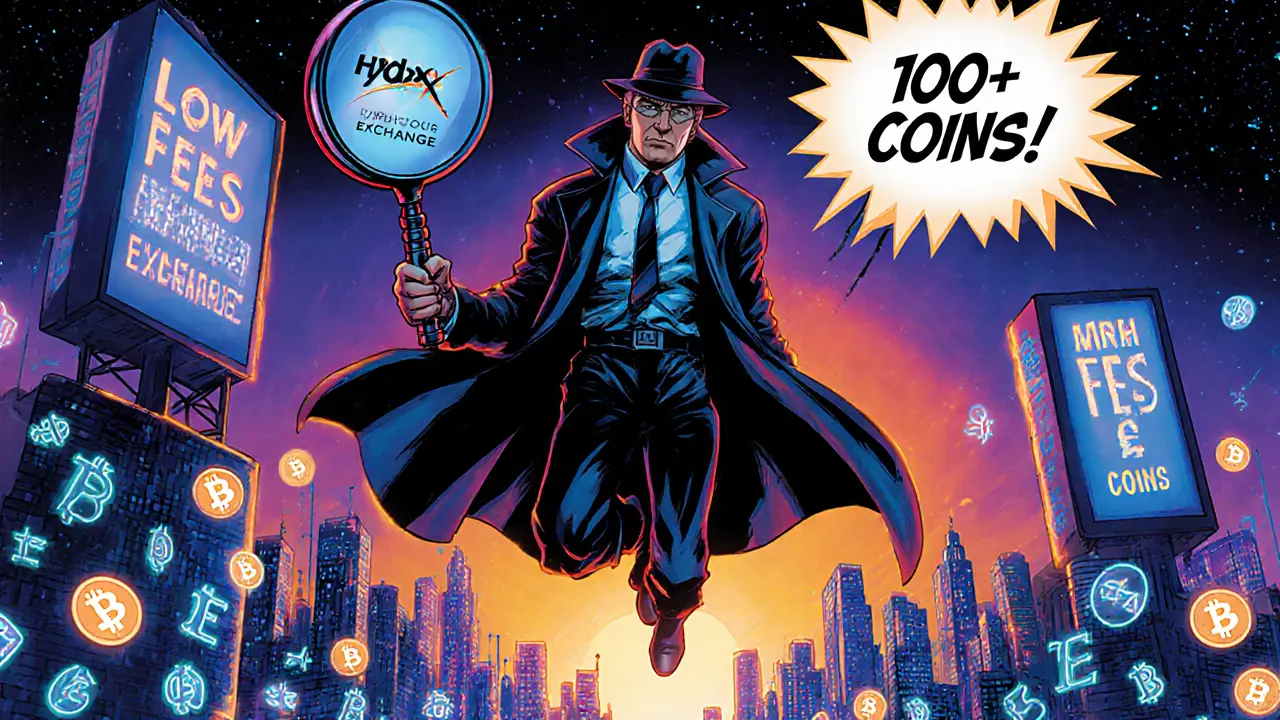When dealing with unregulated exchange, a trading platform that operates without official licensing or oversight. Also known as non‑licensed exchange, it often skips the compliance checks that protect users. This lack of supervision means that unregulated exchange can expose traders to hidden fees, sudden shutdowns, or outright fraud. At the same time, it attracts projects that want to launch quickly, bypassing the lengthy approval process that traditional exchanges face. As a result, the ecosystem includes a mix of innovative tokens and risky schemes, making it essential to understand the surrounding concepts.
One closely related entity is decentralized exchange, a peer‑to‑peer marketplace built on blockchain technology. While both unregulated and decentralized platforms may lack formal licenses, a DEX typically offers transparent smart‑contract logic and community governance, which can mitigate some trust issues. Another key player is crypto regulation, the set of laws and guidelines that govern digital asset activities in a jurisdiction. Strong crypto regulation forces exchanges to implement KYC/AML procedures, secure user data, and maintain capital reserves; without it, unregulated exchanges often operate in a gray zone. exchange licensing, the formal approval granted by financial authorities to operate a trading platform is the concrete step that moves a service from ‘unregulated’ to ‘regulated’, providing users with legal recourse if things go wrong. Lastly, the concept of a market band, a price range that signals typical support and resistance levels for an asset helps traders gauge volatility on any exchange, whether licensed or not.
These entities create a web of relationships: unregulated exchange encompasses platforms that operate without exchange licensing; crypto regulation influences how stringent those licensing requirements become; and decentralized exchange offers an alternative architecture that can sidestep traditional licensing but still relies on transparent smart contracts. Moreover, market band analysis remains valuable regardless of the exchange’s regulatory status, letting traders spot risk zones before committing capital. Understanding these connections lets you spot red flags early, such as missing licensing info, opaque fee structures, or unsupported market‑band data.
Below you’ll find a curated list of articles that dig into each of these angles. Whether you’re checking the legality of a new platform, comparing DEX features, or learning how market bands can signal trouble on an unregulated venue, the posts give you concrete steps and real‑world examples. Dive in to see how the pieces fit together and arm yourself with the knowledge you need before you trade on any exchange.

A concise review of Hydax Exchange covering fees, security, coin selection, user experience, and regulatory risks for traders seeking a low‑fee, unregulated crypto platform.